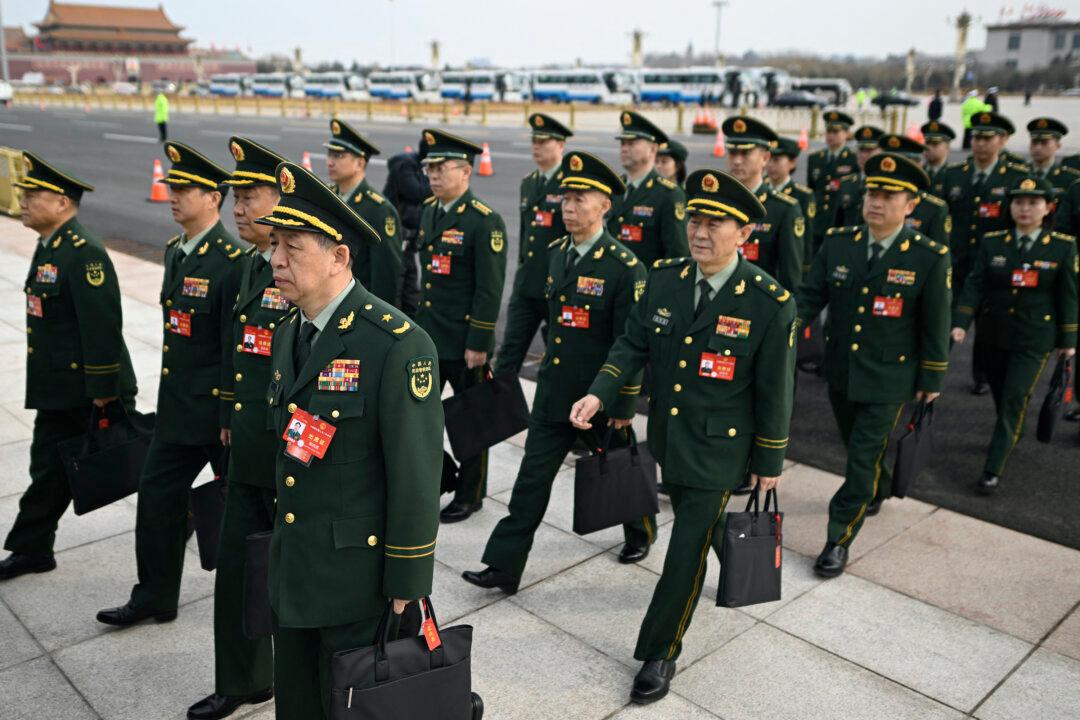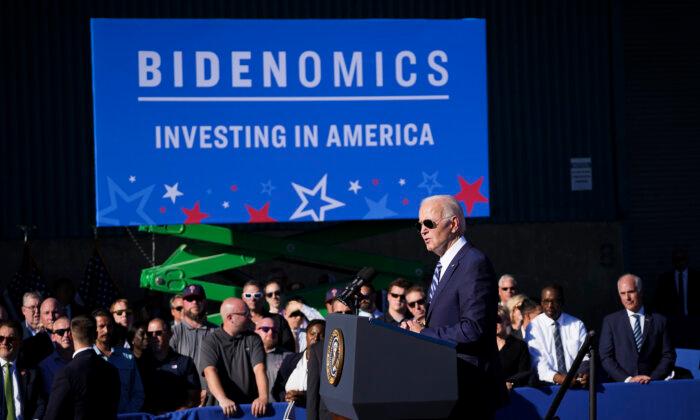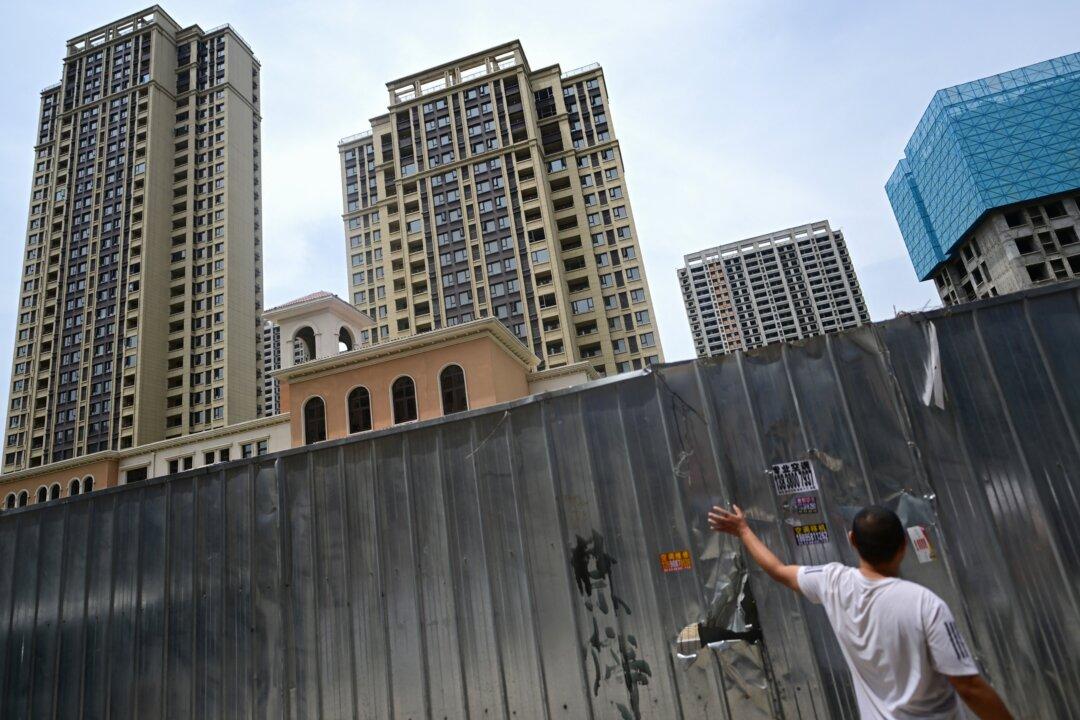While some policy objectives and details are beginning to surface, there remain many uncertainties regarding the execution and timing of these plans.
Experts say the prolonged slump in the massive real estate market, deepening deflation, stock market rout, and low levels of consumer and business sentiment are some of the challenges that will be discussed during the meetings, collectively known as “two sessions” or “lianghui” in Chinese.
“We are looking for a growth target of ‘around 5 percent,’ the same as in 2023. The [meetings] will also set the direction for monetary and fiscal policies this year,” reads a Moody’s note published on March 1.
“Markets are interested in the country’s growth target for 2024 and how fiscal and monetary stimulus might be deployed to make that goal a reality.”
Four key points to monitor include a lifeline for the real estate sector, additional stimulus targeting manufacturing, direct assistance for households, and prudent adjustments to monetary policy.
According to Moody’s, affordable housing, urban village redevelopment, and emergency public facility building are anticipated to be the “three major projects” that will get liquidity infusions.
“With no sign that the sector’s multiyear correction in real estate is close to finding a floor, things will get worse before they get better,” the note says. The global ratings agency expects announcements of widening support and clear market interventions.
The “three red lines” regulation—which was implemented in August 2020 to impose limits on property developers—may not be wholly abandoned, the note adds. Support on the supply side might accelerate the building of unfinished houses through increased funding for the real estate sector. Meanwhile, efforts to increase demand may result in a further relaxation of limitations for first-time homeowners and a decrease in the down payment percentage.
The leadership in Beijing aims to steer the economy away from its reliance on the property sector and toward industrial development. However, manufacturers remain cautious, and with manufacturers accounting for almost 30 percent of China’s GDP, Moody’s said they must be confident and willing to increase output.
Key manufacturing sectors—including what authorities call the “new three” export categories of electric cars, lithium-ion batteries, and solar cells—could receive significant help from the “two sessions.” China’s competitive edge in industries, such as electrical equipment and high-tech gadgets, will also be stressed during the meetings.
However, domestic consumption must replace investment as the primary driver of development in 2024, analysts say. With real estate expected to stay in a slump until at least this year, money is scarcely seeping out of the investment spigot.
The most effective way for China to raise consumption would be to improve demand, Moody’s says, which might be best accomplished by providing direct assistance to homes because, despite past measures and inducements, households have been reluctant to spend.
Two Sessions
Over 5,000 delegates from across the country are in Beijing for the annual meetings of the NPC and the Chinese People’s Political Consultative Conference (CPCC), the Chinese Communist Party’s (CCP) top advisory body.The CCP, headed by Xi Jinping, is the ultimate authority in China, and the NPC and CPPCC are both subordinate to it. The rubber-stamp parliament has never rejected the Party’s proposed legislation or personnel decisions.
Still, the international community closely monitors the annual event to gauge the country’s planned course of action for the upcoming year, as China’s prosperity or setbacks have significant implications for the global economy.
Yuan Devaluation Concerns
Policymakers will be careful when adjusting interest rates because the yuan has struggled since the beginning of 2023—a growing interest rate gap, capital outflows, and lackluster GDP growth all contribute to it, says Moody’s.But “there will be further loosening of monetary policy, given the risk that the yuan is still dangerously exposed to a devaluation,” said Robert Swift, chief investment officer of Sydney-based Delft Partners.
“On a Trade-Weighted-Dollar basis, the yuan is cheaper than the U.S. dollar, [and] any weaker or devalued yuan would ignite a secondary round of Asian currency devaluations,” Mr. Swift told The Epoch Times.
According to Standard Chartered’s “Offshore Renminbi Tracker” report released on March 1, despite ending the year down a mere 2.8 percent, the yuan depreciated more than 7 percent against the U.S. dollar from February to October 2023.
“Xi Jinping’s policies have torched trust in inward capital flows, and this will take time to repair—if at all. Further capital controls may ensue to prevent locals [from] exiting. This could take the form of banning overseas tourism, which would be easy to implement,” Mr. Swift said.
However, the yuan is mainly irrelevant in global trade flow settlement while its devaluation “is only news and [does] not have serious consequences,” he added.
“If fundamental support for the currency is to be obtained, then fiscal largesse, centralized capital allocation, and shadow bank lending all have to be curbed, which will be socially painful,” Mr. Swift said.
The “Offshore Renminbi Tracker” projects that the yuan will reach 7.3 against the dollar by June due to diminishing seasonal support and an increase in dividend payments before stabilizing at 7.0 by the end of the year.






